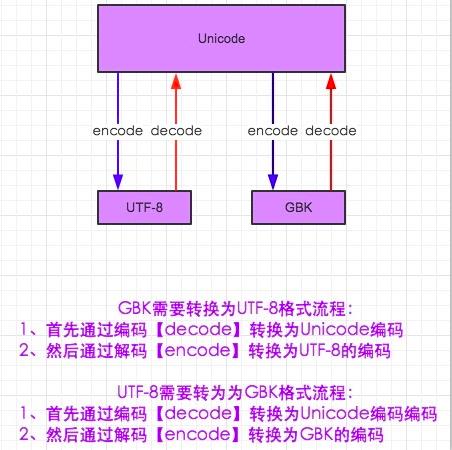python--运算符,字符编码
Posted 邹邹很busy。
tags:
篇首语:本文由小常识网(cha138.com)小编为大家整理,主要介绍了python--运算符,字符编码相关的知识,希望对你有一定的参考价值。
运算符
a += 20 # a = a+20
逻辑运算:
- and 并且的意思. 左右两端的值必须都是真. 运算结果才是真
- or 或者的意思. 左右两端有一个是真的. 结果就是真. 全部是假. 结果才能是假
- not 非的意思. 原来是假. 现在是真. 非真即假, 非假既真
- 先算括号,然后算not, 然后算and ,最后算or
print(3 > 4 or 4 < 3 and 1 == 1) # False print(1 < 2 and 3 < 4 or 1 > 2) # True print(2 > 1 and 3 < 4 or 4 > 5 and 2 < 1) # True print(1 > 2 and 3 < 4 or 4 > 5 and 2 > 1 or 9 < 8) # False print(1 > 1 and 3 < 4 or 4 > 5 and 2 > 1 and 9 > 8 or 7 < 6) # False print(not 2 > 1 and 3 < 4 or 4 > 5 and 2 > 1 and 9 > 8 or 7 < 6) # False
x or y 如果x==0 那么就是y, 否则是x
x and y, x为真,值是y,x为假,值是x
false相当于0
print(1 or 2) # 1 print(2 or 3) # 2 print(0 or 3) # 3 print(0 or 4) # 4 print(0 or 1 or 3 or 0 or 5) # 1 print(1 and 2) # 2 print(2 and 0) # 0 print(0 and 3) # 0 print(0 and 4) # 0 print(0 or 4 and 3 or 7 or 9 and 6) # 3 print(2 > 3 and 3) # False false相当于0 print(2 < 1 and 4 > 6 or 3 and 4 > 5 or 6) # 6
字符编码
a = "你好" a_new = a.decode("utf-8").encode("gbk") # 第一个里填原来字符串的编码格式(原来的为utf-8),第二个填要转为的格式

decode 解码 encode 编码
abc = \'西安\' print(abc.encode(\'utf-8\')) print(\'邹邹\'.encode(\'utf-8\')) # 转换为二进制 print(b\'\\xe4\\xbd\\xa0\\xe5\\xa5\\xbd\'.decode(\'utf-8\')) # 转换为字符串
结果:
b\'\\xe8\\xa5\\xbf\\xe5\\xae\\x89\' b\'\\xe9\\x82\\xb9\\xe9\\x82\\xb9\' 你好
如果将字符串赋给了abc,则输出时不用引号,没赋值时需要引号。Utf-8必须有引号。二进制转换为字符串不要引号。
以上是关于python--运算符,字符编码的主要内容,如果未能解决你的问题,请参考以下文章